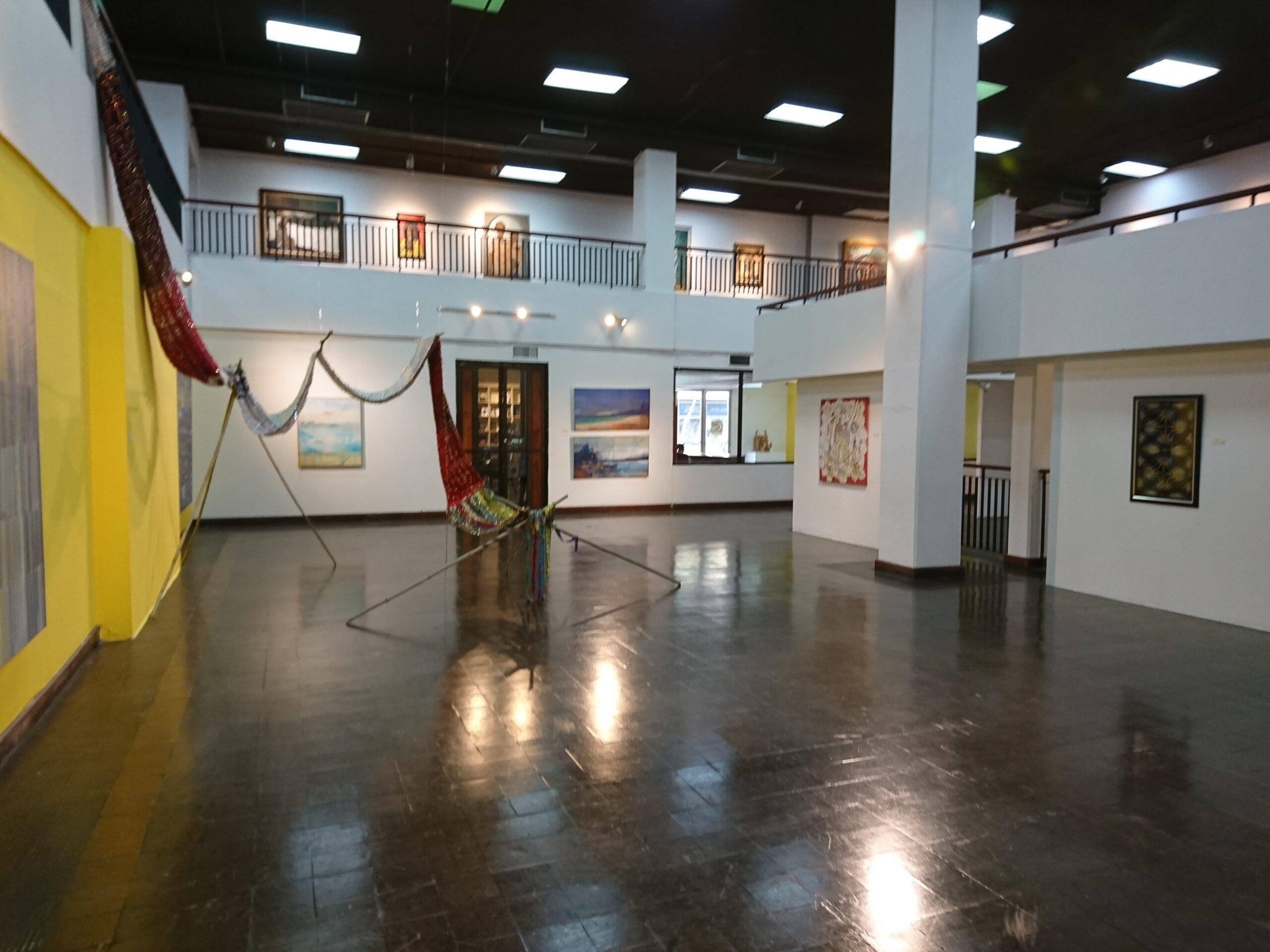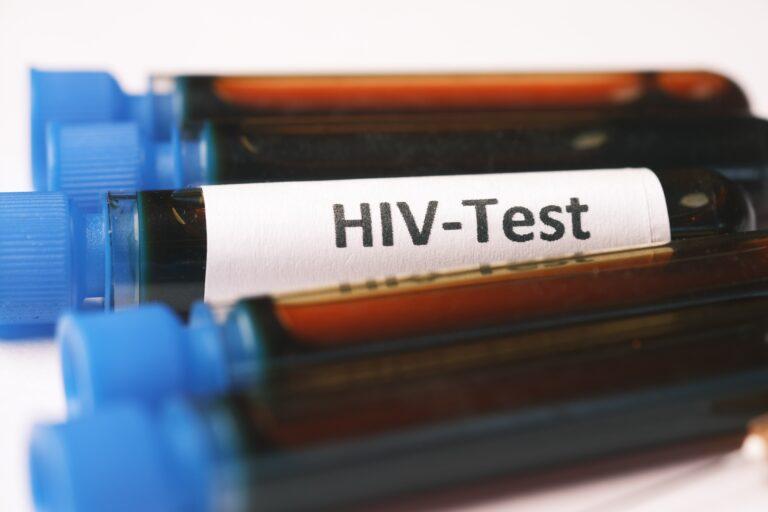What about the Summer Exhibition?

These days, I go to the National Gallery of Jamaica (NGJ) when there are public events thus, as a result, I visit only very rarely. I visited twice since the start of the year, very briefly for the opening of the Art of Reggae exhibition on 19 February, and for a longer visit two days later, on 21 February, when a (poorly attended) panel discussion related to the exhibition was held. This is as often as the last three years combined which would, as such, have been encouraging, were it not that no other public events have been held since this two-day “flurry” of public activity. There is as yet no word on what is being planned after the Art of Reggae exhibition closes in June and, if the lack of any news is anything to go by, there may be not even be any further programmes to activate that exhibition. My hope that the NGJ was finally awakening from its prolonged slumber was clearly premature.
In 2019, the NGJ announced a new programme of biennial national exhibitions. The Kingston Biennial, which would be curated by invitation and focused on Jamaican and Jamaican diaspora artists only. And, the new Summer Exhibition, which would be similarly limited to Jamaican and Jamaican diaspora artists, and which would alternate with the Kingston Biennial. The Summer Exhibition inherited the biennial’s old (and problematic) structure of combining permanently invited artists with artists who entered through a jury system.
The inaugural Summer Exhibition, held in 2019, was distressingly uneven in quality, to the point where it raised serious concerns about the NGJ’s falling standards as a national art museum. The inaugural Kingston Biennial was, after multiple postponements, finally held last year and, while of a satisfactory standard, was well below what was expected in terms of scope and ambition. Given what was previously announced by the NGJ, it was widely anticipated that another Summer Exhibition would be held this year, but there is, as yet, no news on the subject.
Obviously, after the problematic first edition, some rethinking of the Summer Exhibition was in order but there has been ample time to do so, given the long interval since the inaugural exhibition and the NGJ’s inexplicably long closure, for nearly two years, during the pandemic. Repeated attempts, by myself and artists, to obtain an update on the Summer Exhibition and other aspects of the NGJ’s exhibition programme have been frustrated, with urgent emails simply left unanswered and unacknowledged. We are now approaching the end of April and have already reached a point where it would be practically impossible to have a credible Summer Exhibition this year, as far more time is needed for artists to produce and submit appropriate new work and for the NGJ to go through the selection and curatorial process.
I have heard, via the grapevine, that the NGJ has experienced budget cuts, recently, and that there are claims that there is no money to hold the exhibition. As one who worked with the NGJ, with a few interruptions, from 1984 to early 2008, I know that the NGJ has always had significant budget cuts, to the point where there was nothing left to cut, and that there has never been adequate support, at least from the consolidated fund, for its exhibitions and programmes. The NGJ has always had to find other sources of funding to support its mandated activities, such as grants, sponsorship, gift shop and admission revenues, and in-kind contributions, but it is the commitment and resourcefulness of its past teams that made things work. Claiming that there is “no money” is therefore not a valid excuse, as it can only be that there is no will. It is, after all, the responsibility of the board and senior staff to ensure that the NGJ is adequately funded to support its mandate and allow it to function as a public cultural institution.
The inaugural Kingston Biennial featured only 24 artists, many of whom are based outside of Jamaica. While I have no problem with that, per se, this also means that exhibition opportunities, at the national level have been significantly reduced for other Jamaican artists, new and established, and based in Jamaica and elsewhere. That was, in fact, the gap the Summer Exhibition was supposed to fill. When we look at exhibitions held since 2018, however, it appears that the NGJ is exhibiting an increasingly narrow and predictable range of artists, compared to what it used to do in the past (and furthermore relies excessively on externally curated exhibitions). The 2019 Summer Exhibition, for all its problems, was the only exception where a more diverse and inclusive approach was taken. This significantly raises the stakes for the Summer Exhibition, or related initiatives. If there will be no such exhibition this year, the artistic community and general public have a right to know, and to be informed, in a wholesome and timely manner, about any alternatives that are being planned.
It appears, however, that the NGJ’s capacity to produce exhibitions and public engagement programmes, and to communicate about them in a timely, effective and professional manner has been significantly eroded. Its current exhibition programme appears to be mostly ad hoc, with significant questions about standards, relevance, and representative inclusion. With the cancellation of the Last Sundays programme last year, and significantly less exhibitions and exhibition-related functions, it now appears that there are more private than public events at the NGJ. This suggests a lack of understanding on the part of the “powers that be” regarding the mandate and functions of the institution, which is first and foremost to serve the public interests, and what needs to be done to attract and engage visitors.
It would be interesting to see the NGJ’s current visitor figures, as these must be negatively affected by the drastic reduction in its programmes and activities. Museum footfall and audience engagement depends heavily on having regular, well-publicized public events, certainly in a country where there is as yet no established museum visiting culture. It also depends on being open at times when the general public is available to visit. It is hard to comprehend why the NGJ has not only cancelled its popular free Last Sundays, but has also failed to introduce long-overdue regular Sunday opening hours. With the level of cultural activity on weekends generated by Kingston Creative, great opportunities are being missed to attract new and broader visitorship, and to be part of the increasingly popular downtown art tour programmes.
It is amazing and deeply distressing that the NGJ, which has been a key institution in the local cultural ecology and a pioneer in the Anglophone Caribbean, would be in such a state at a time when the socio-economic potential of the cultural and creative industries has been widely recognized and positioned as a policy priority. The Minister of Culture, Gender, Entertainment and Sport and the relevant opposition spokesperson(s) should take an urgent interest in the situation at the NGJ, and the underlying reasons, before what was once a national treasure becomes an irredeemable lost cause.
Dr Veerle Poupeye is an art historian specialized in art from the Caribbean. She works as an independent curator, writer, researcher, and cultural consultant. The second, revised and expanded edition of her best-known book “Caribbean Art” was recently published in the World of Art series of Thames and Hudson. Her personal blog can be found at veerlepoupeye.com.






